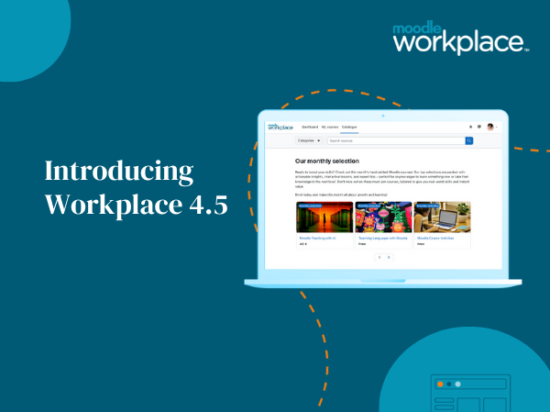Investing in any technology, including a LMS comes with the risk of failure. However, the reasons for failure often have little to do with the software itself.
In Part 1 of Making Technology Work for your Organisation, we give you our first 3 tips for ongoing success.
- Be clear on the outcome
Starting a project without having clear, measurable goals can only lead to confusion at the end. Without defined goals and milestones from the outset, organisation’s expose their project to challenges, delays and extra costs. Expectations cannot be met if they are not articulated and agreed upon at the start.
2. Projects need managing
Like most things in life, be it a plant or LMS to grow, it requires care, persistence, and management. Asking employees to multi-task and manage projects, especially complex ones such as a LMS deployment, on top of their normal duties often leads to a lack of focus and care. Without the correct management skills, projects cannot be meticulously planned, deployed or managed. Consider outsourcing your LMS requirements and/or hiring staff dedicated to the project.
3. When the current solution is not the problem
Most organisations already have an LMS in place, but all too often think that a replacement product is what they need to solve their problems. Though this may be true in some circumstances, a new piece of software alone cannot fix problems unless an organisation’s processes and workflows are effective.
Where a new purchase is seen as the cure to existing problems, all too often organisations replicate existing problematic processes with the new LMS. In time, organisations end up repeating the way they worked with their original system though with new buttons and packaging, leading to the same issues.
Rather than fast forwarding to ‘out with the old and in with the new,’ save time and money by asking your vendor for a refresher training course (especially good to remedy staff turnover and skills gaps), or a consultancy session to gauge what is/is not working and how to address the issues. These options are cheaper than splashing out on a new system.







